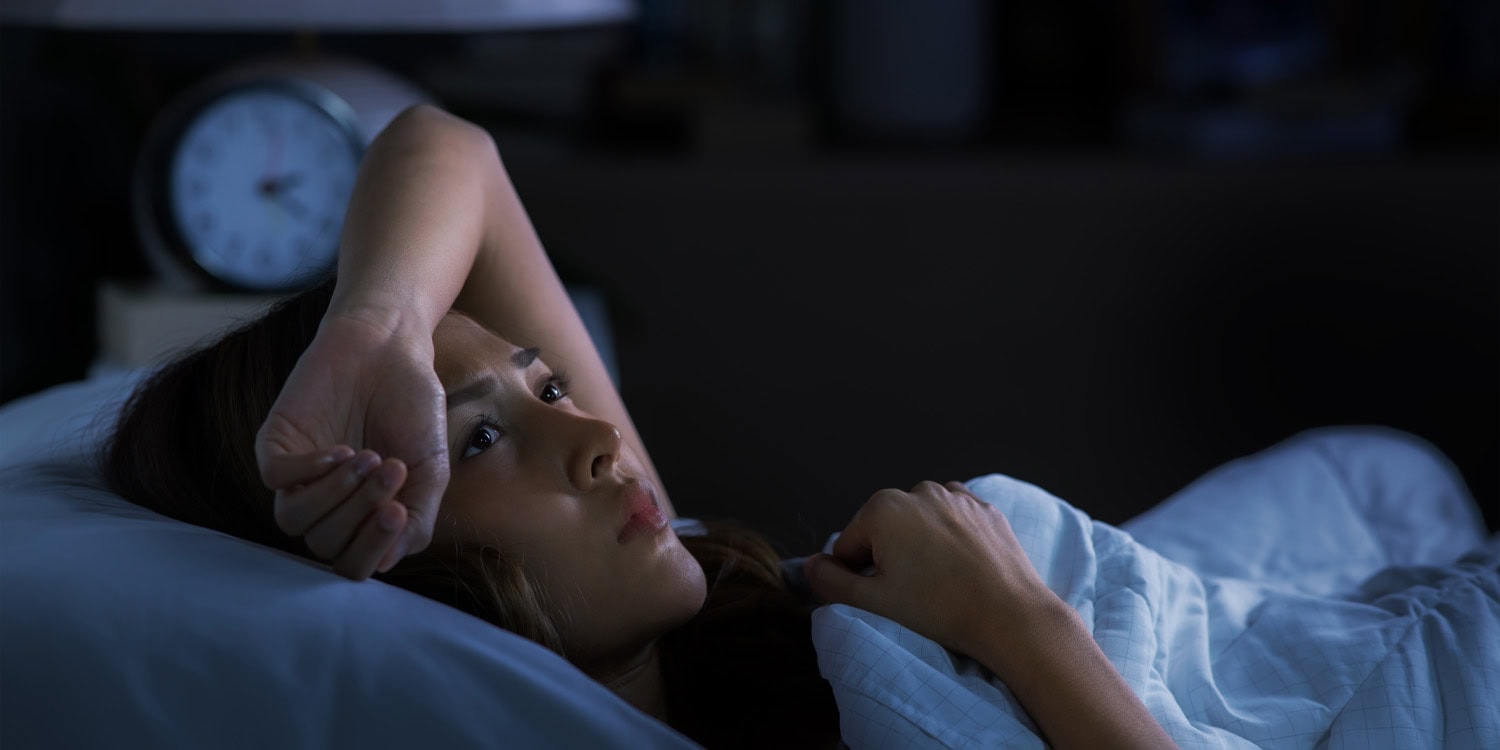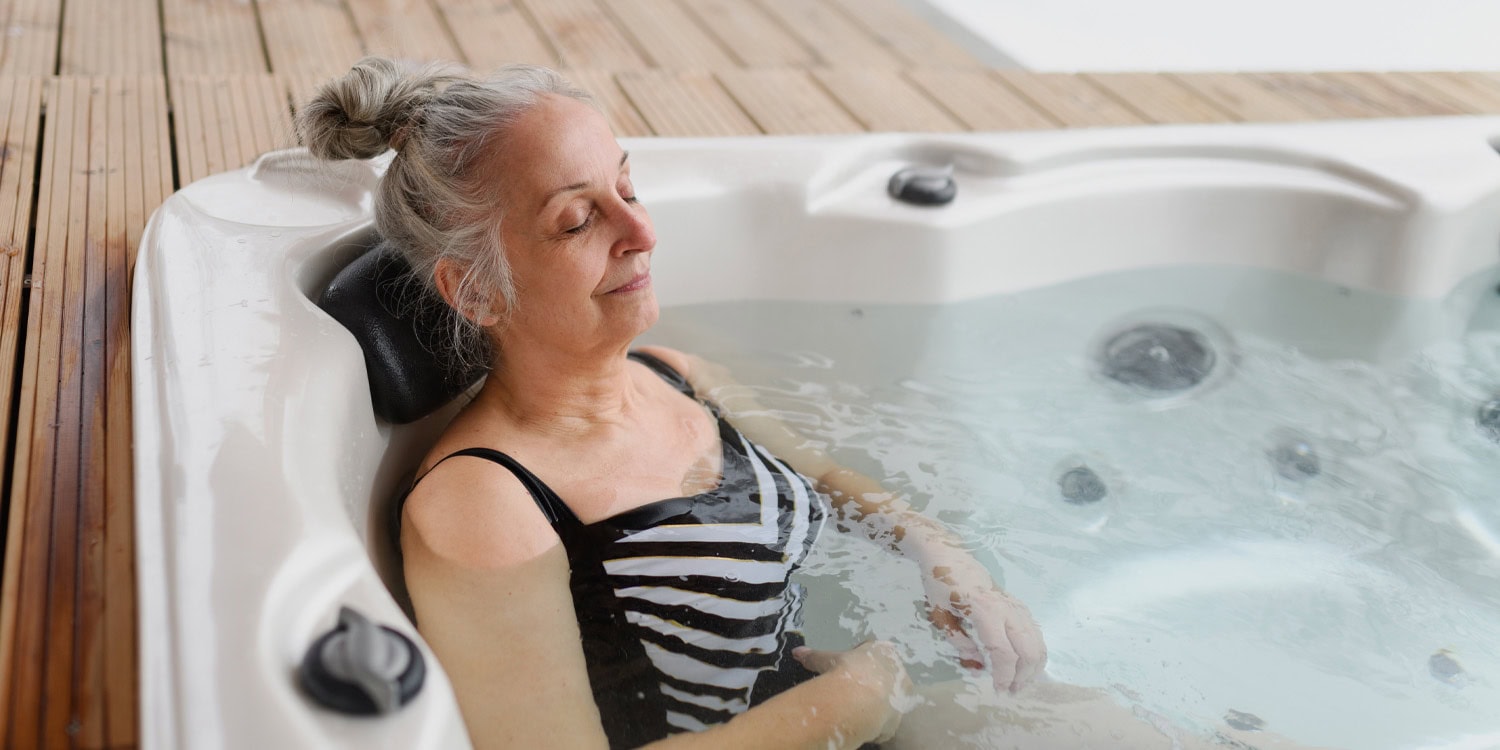Vulnerability to stress magnifies how a racing mind disrupts sleep
A new study provides evidence that a person’s innate vulnerability to stress-induced sleep problems can intensify how much a racing mind disrupts their sleep over time. While daily stress affects everyone’s sleep to some degree, this trait appears to make some people more susceptible to fragmented sleep. The findings were published in the Journal of Sleep Research.
Scientists have long understood that stress can be detrimental to sleep. One of the primary ways this occurs is through pre-sleep arousal, a state of heightened mental or physical activity just before bedtime. Researchers have also identified a trait known as sleep reactivity, which describes how susceptible a person’s sleep is to disruption from stress. Some individuals have high sleep reactivity, meaning their sleep is easily disturbed by stressors, while others have low reactivity and can sleep soundly even under pressure.
Despite knowing these factors are related, the precise way they interact on a daily basis was not well understood. Most previous studies relied on infrequent, retrospective reports or focused on major life events rather than common, everyday stressors. The research team behind this new study sought to get a more detailed picture. They aimed to understand how sleep reactivity might alter the connection between daily stress, pre-sleep arousal, and objectively measured sleep patterns in a natural setting.
“Sleep reactivity refers to an individual’s tendency to experience heightened sleep disturbances when faced with stress. Those with high sleep reactivity tend to show increased pre-sleep arousal during stressful periods and are at greater risk of developing both acute and chronic insomnia,” explained study authors Ju Lynn Ong and Stijn Massar, who are both research assistant professors at the National University of Singapore Yong Loo Lin School of Medicine.
“However, most prior research on stress, sleep, and sleep reactivity has relied on single, retrospective assessments, which may fail to capture the immediate and dynamic effects of daily stressors on sleep. Another limitation is that previous studies often examined either the cognitive or physiological components of pre-sleep arousal in isolation. Although these two forms of arousal are related, they may differ in their predictive value and underlying mechanisms, highlighting the importance of evaluating both concurrently.”
“To address these gaps, the current study investigated how day-to-day fluctuations in stress relate to sleep among university students over a two-week period and whether pre-sleep cognitive and physiological arousal mediate this relationship—particularly in individuals with high sleep reactivity.”
The research team began by recruiting a large group of full-time university students. They had the students complete a questionnaire called the Ford Insomnia Response to Stress Test, which is designed to measure an individual’s sleep reactivity. From this initial pool, the researchers selected two distinct groups for a more intensive two-week study: 30 students with the lowest scores, indicating low sleep reactivity, and 30 students with the highest scores, representing high sleep reactivity.
Over the following 14 days, these 60 participants were monitored using several methods. They wore an actigraphy watch on their wrist, which uses motion sensors to provide objective data on sleep patterns. This device measured their total sleep time, the amount of time it took them to fall asleep, and the time they spent awake after initially drifting off. Participants also wore an ŌURA ring, which recorded their pre-sleep heart rate as an objective indicator of physiological arousal.
Alongside these objective measures, participants completed daily surveys on their personal devices. Each evening before going to bed, they rated their perceived level of stress. Upon waking the next morning, they reported on their pre-sleep arousal from the previous night. These reports distinguished between cognitive arousal, such as having racing thoughts or worries, and somatic arousal, which includes physical symptoms like a pounding heart or muscle tension.
The first part of the analysis examined within-individual changes, which looks at how a person’s sleep on a high-stress day compared to their own personal average. The results showed that on days when participants felt more stressed than usual, they also experienced a greater degree of pre-sleep cognitive arousal. This increase in racing thoughts was, in turn, associated with getting less total sleep and taking longer to fall asleep that night. This pattern was observed in both the high and low sleep reactivity groups.
This finding suggests that experiencing a more stressful day than usual is likely to disrupt anyone’s sleep to some extent, regardless of their underlying reactivity. It appears to be a common human response for stress to activate the mind at bedtime, making sleep more difficult. The trait of sleep reactivity did not seem to alter this immediate, day-to-day effect.
“We were surprised to find that at the daily level, all participants did in fact exhibit a link between higher perceived stress and poorer sleep the following night, regardless of their level of sleep reactivity,” Ong and Massar told PsyPost. “This pattern may reflect sleep disturbances as a natural—and potentially adaptive—response to stress.”
The researchers then turned to between-individual differences, comparing the overall patterns of people in the high-reactivity group to those in the low-reactivity group across the entire two-week period. In this analysis, a key distinction became clear. Sleep reactivity did in fact play a moderating role, amplifying the negative effects of stress and arousal.
Individuals with high sleep reactivity showed a much stronger connection between their average stress levels, their average pre-sleep cognitive arousal, and their sleep quality. For these highly reactive individuals, having higher average levels of cognitive arousal was specifically linked to spending more time awake after initially falling asleep. In other words, their predisposition to stress-related sleep disturbance made their racing thoughts more disruptive to maintaining sleep throughout the night.
The researchers also tested whether physiological arousal played a similar role in connecting stress to poor sleep. They examined both the participants’ self-reports of physical tension and their objectively measured pre-sleep heart rate. Neither of these measures of physiological arousal appeared to be a significant middleman in the relationship between stress and sleep, for either group. The link between stress and sleep disruption in this study seemed to operate primarily through mental, not physical, arousal.
“On a day-to-day level, both groups exhibited heightened pre-sleep cognitive arousal and greater sleep disturbances in response to elevated daily stress,” the researchers explained. “However, when considering the study period as a whole, individuals with high sleep reactivity consistently reported higher average levels of stress and pre-sleep cognitive arousal, which in turn contributed to more severe sleep disruptions compared to low-reactive sleepers. Notably, these stress → pre-sleep arousal → sleep associations emerged only for cognitive arousal, not for somatic arousal—whether assessed through self-reports or objectively measured via pre-sleep heart rate.”
The researchers acknowledged some limitations of their work. The study sample consisted of young university students who were predominantly female and of Chinese descent, so the results may not be generalizable to other demographic groups or age ranges. Additionally, the study excluded individuals with diagnosed sleep disorders, meaning the findings might differ in a clinical population. The timing of the arousal survey, completed in the morning, also means it was a retrospective report that could have been influenced by the night’s sleep. It is also important to consider the practical size of these effects.
While statistically significant, the changes were modest: a day with stress levels 10 points higher than usual was linked to about 2.5 minutes less sleep, and the amplified effect in high-reactivity individuals amounted to about 1.2 additional minutes of wakefulness during the night for every 10-point increase in average stress.
Future research could build on these findings by exploring the same dynamics in more diverse populations. The study also highlights pre-sleep cognitive arousal as a potential target for intervention, especially for those with high sleep reactivity. Investigating whether therapies like cognitive-behavioral therapy for insomnia can reduce this mental activation could offer a path to preventing temporary, stress-induced sleep problems from developing into chronic conditions.
The study, “Sleep Reactivity Amplifies the Impact of Pre-Sleep Cognitive Arousal on Sleep Disturbances,” was authored by Noof Abdullah Saad Shaif, Julian Lim, Anthony N. Reffi, Michael W. L. Chee, Stijn A. A. Massar, and Ju Lynn Ong.

